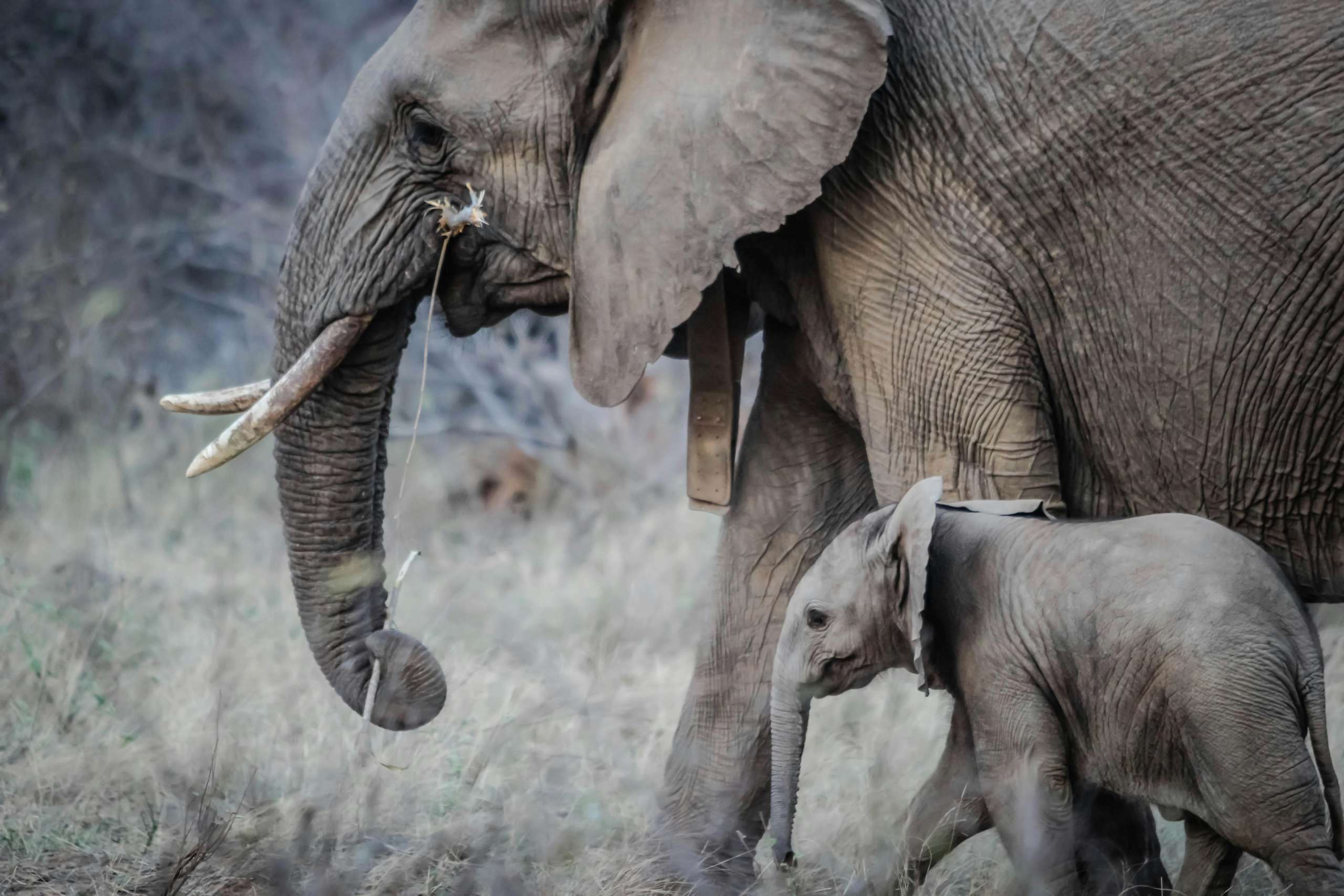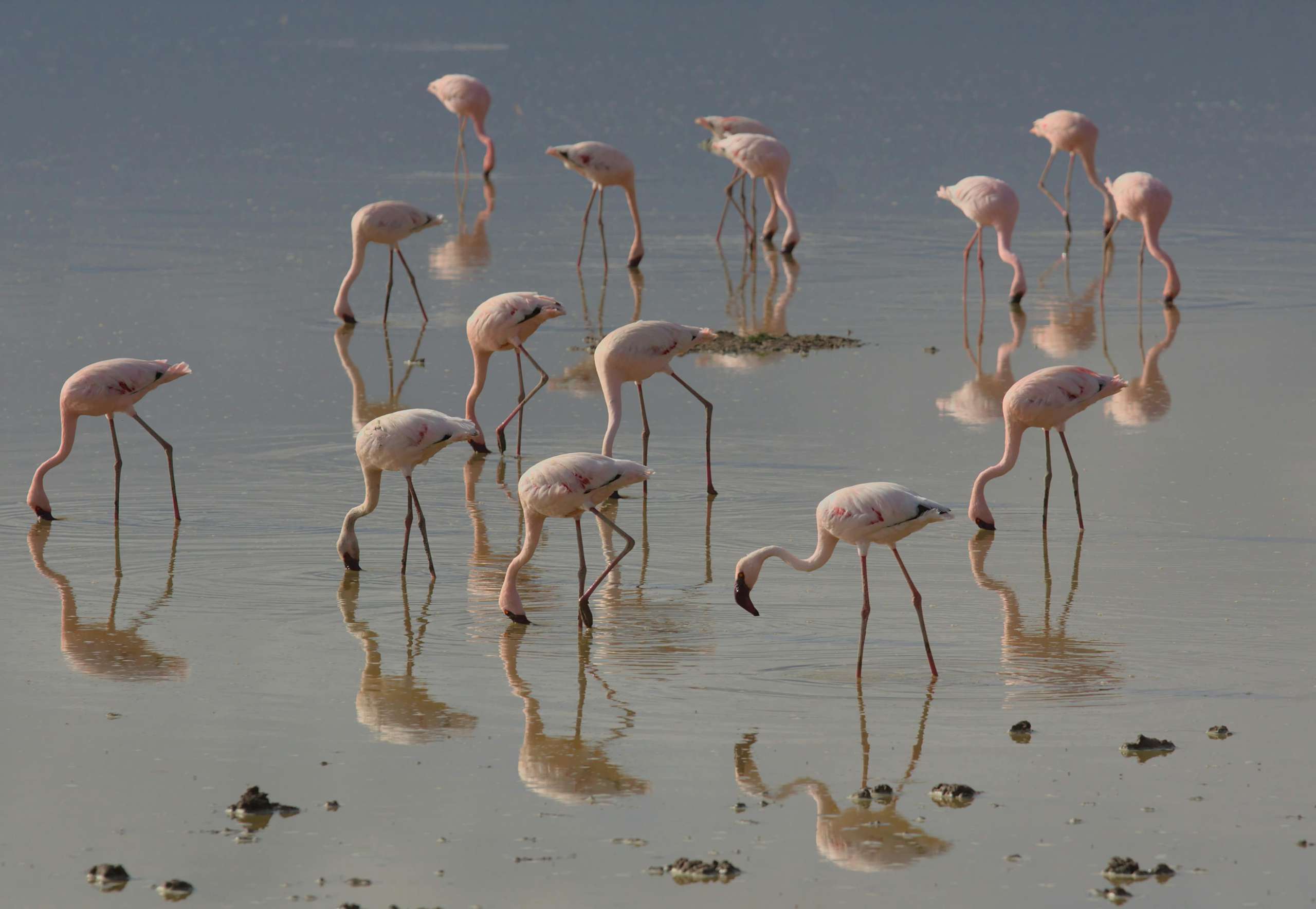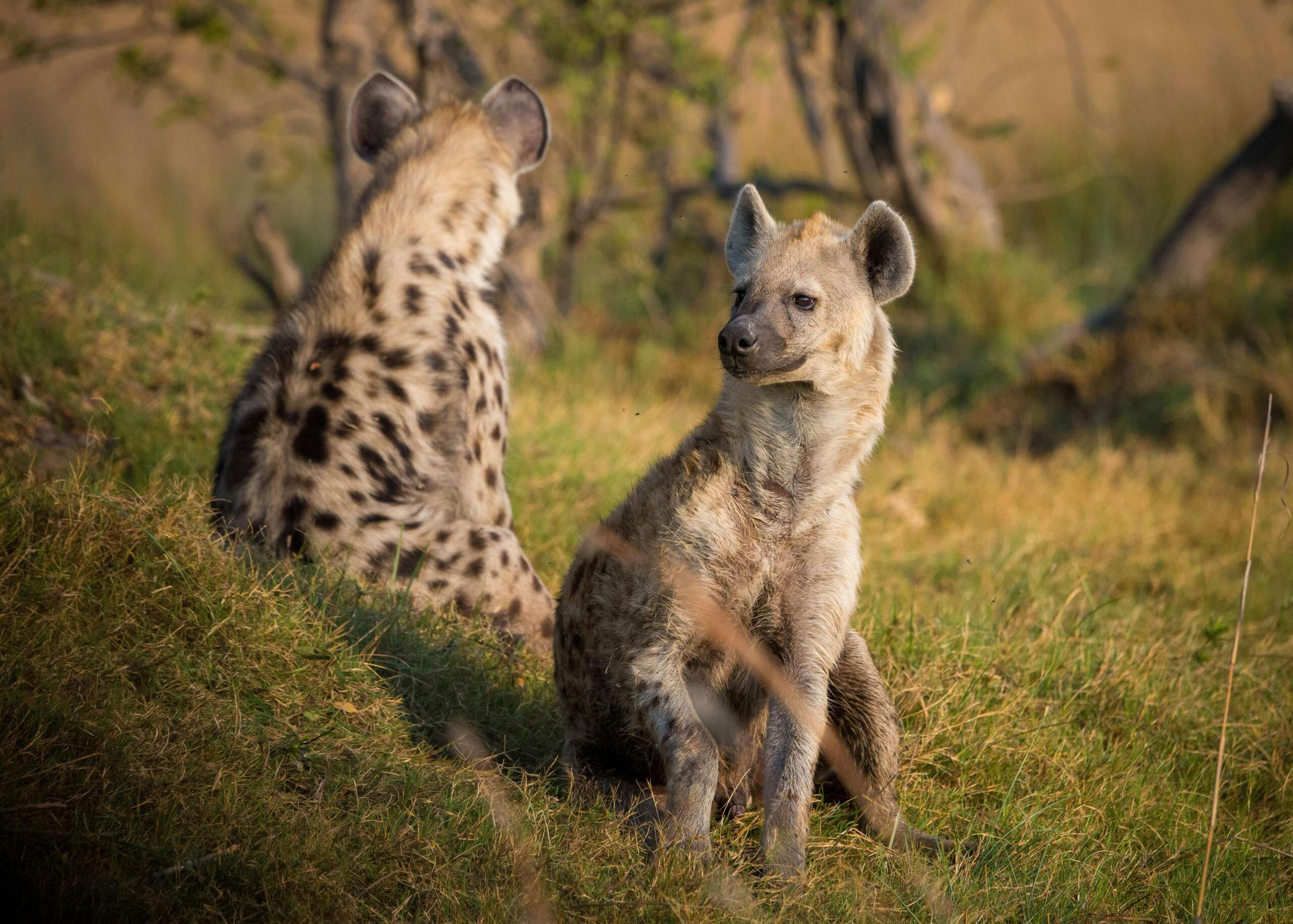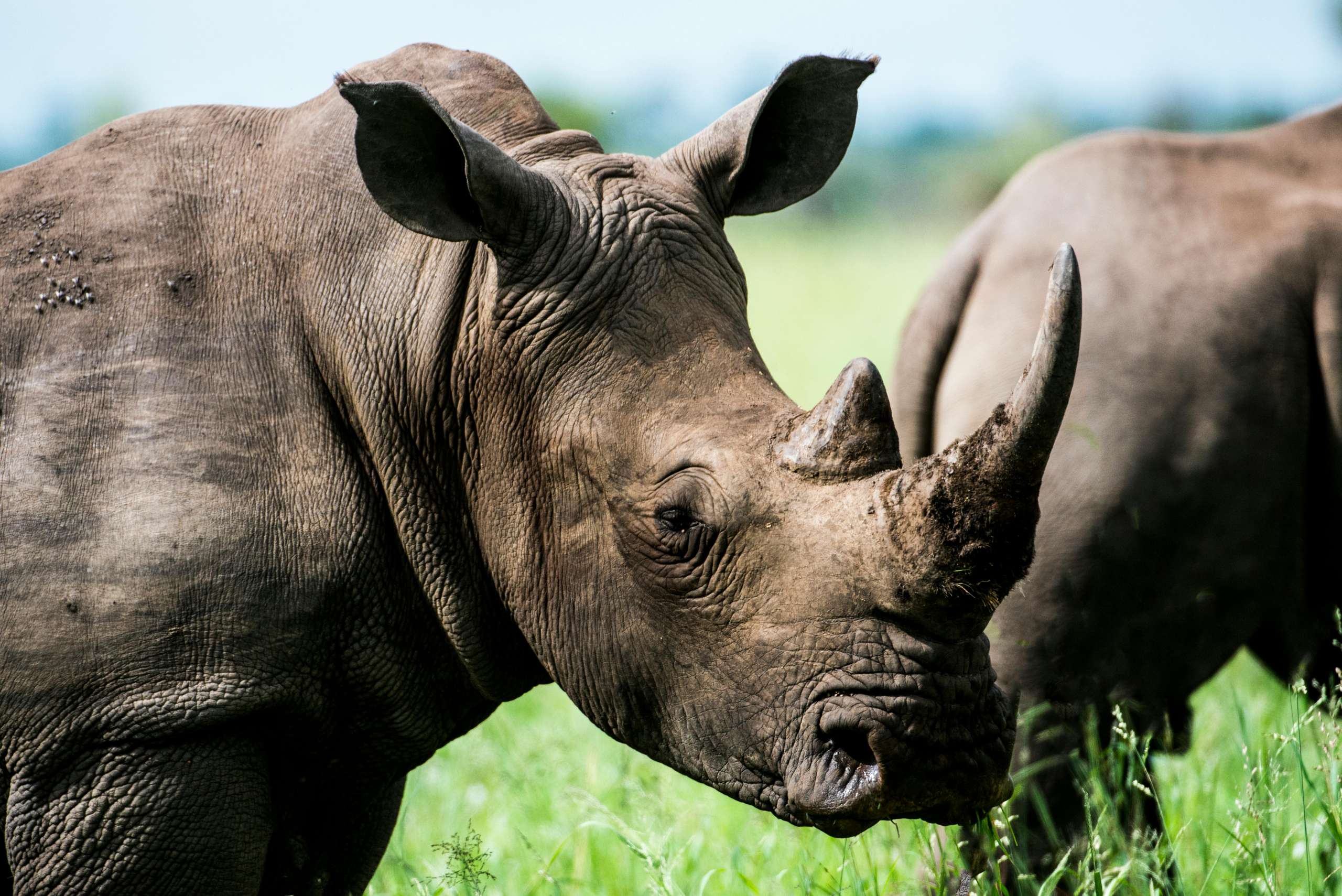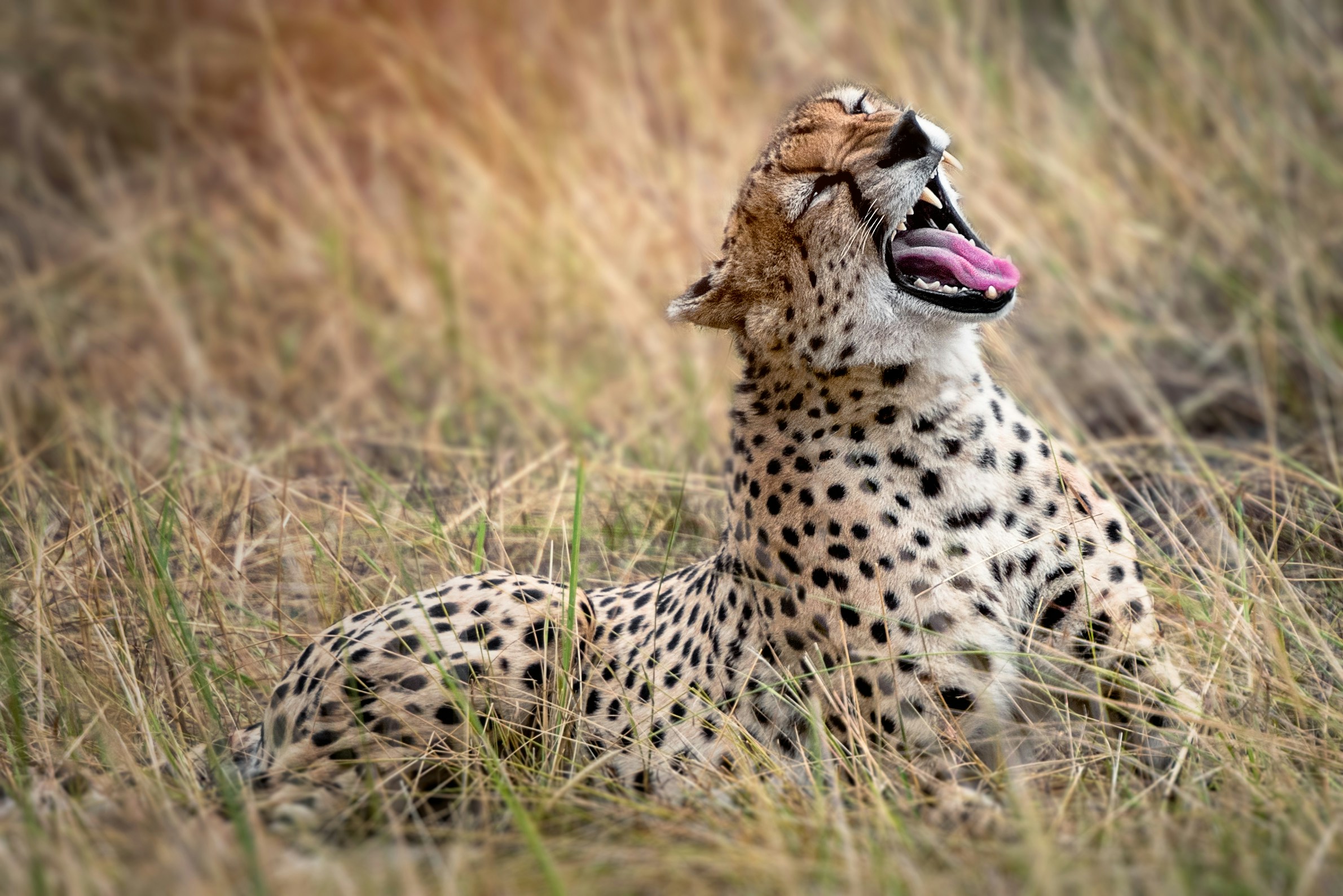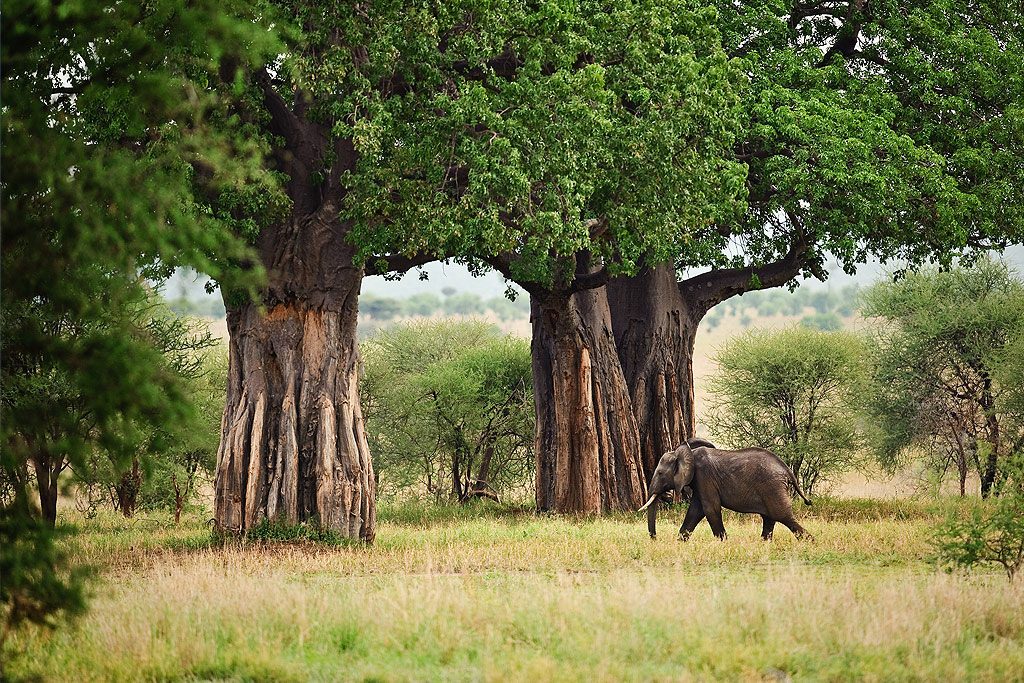
Located in the heart of northern Tanzania, Tarangire National Park is a hidden gem that should be on every safari enthusiast’s list. Often overshadowed by the more famous Serengeti and Ngorongoro Crater, Tarangire offers its own unique safari experience with diverse landscapes, abundant wildlife, and a peaceful atmosphere. Here’s why you should consider including Tarangire on your next safari
One of the standout features of Tarangire is its diverse ecosystems, ranging from woodlands, grasslands, and swamps to riverine forests. This variety of habitats creates the perfect environment for a wide range of wildlife, including:
Elephants: Tarangire is known for having one of the largest concentrations of elephants in Tanzania. The park is home to herds of elephants, some of which have tusks that are incredibly long, a rare sight in Africa today.
Big Cats: Tarangire is a fantastic place to see lions, cheetahs, and even leopards. The park’s open plains and riverbanks provide ideal settings for spotting these big cats as they stalk prey or relax in the shade.
Other Wildlife: Apart from elephants and big cats, Tarangire is teeming with other animals, including giraffes, zebras, wildebeests, buffaloes, and impalas. It’s also a great place to spot antelopes, such as the reedbuck and duiker, which are found in various parts of the park
Bird Watching Paradise
For bird enthusiasts, Tarangire is a bird-watching haven. Over 500 species of birds have been recorded in the park, including a variety of waterfowl, migratory birds, and endemic species. Some of the standout birds to look out for include:
Tanzania’s national bird, the yellow-collared lovebird, often seen flying in groups.
Secretary birds, with their distinctive long legs, can be spotted walking through the park’s grasslands, hunting for small reptiles and insects.
Greater and lesser flamingos are often found around the park’s swamps and lakes.
The African fish eagle, known for its distinctive call and impressive fishing skills, can be seen along the Tarangire River.
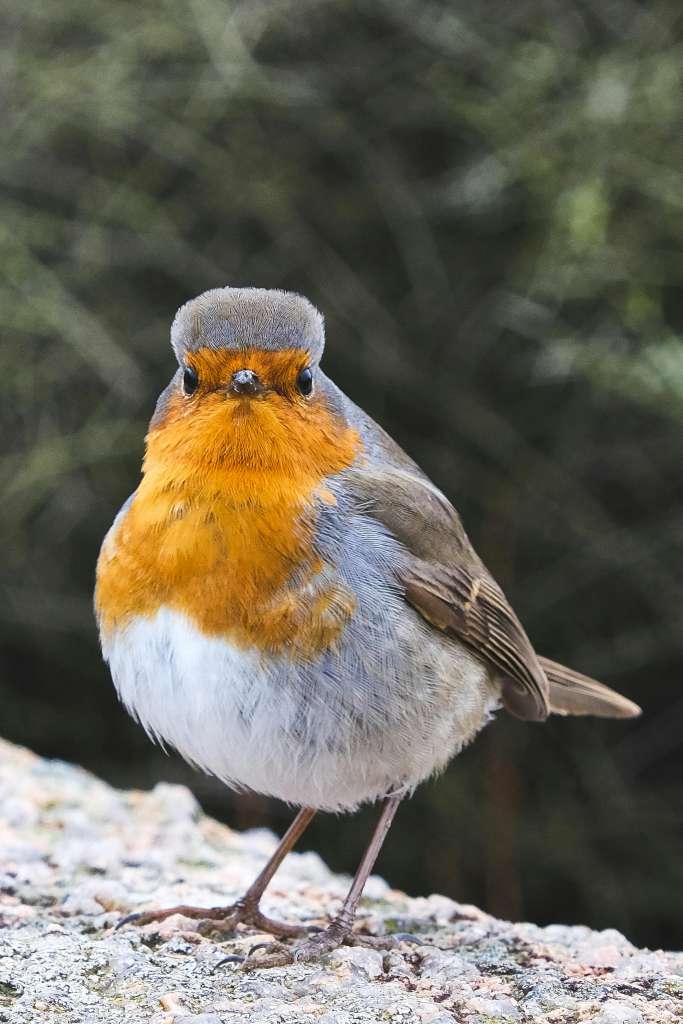
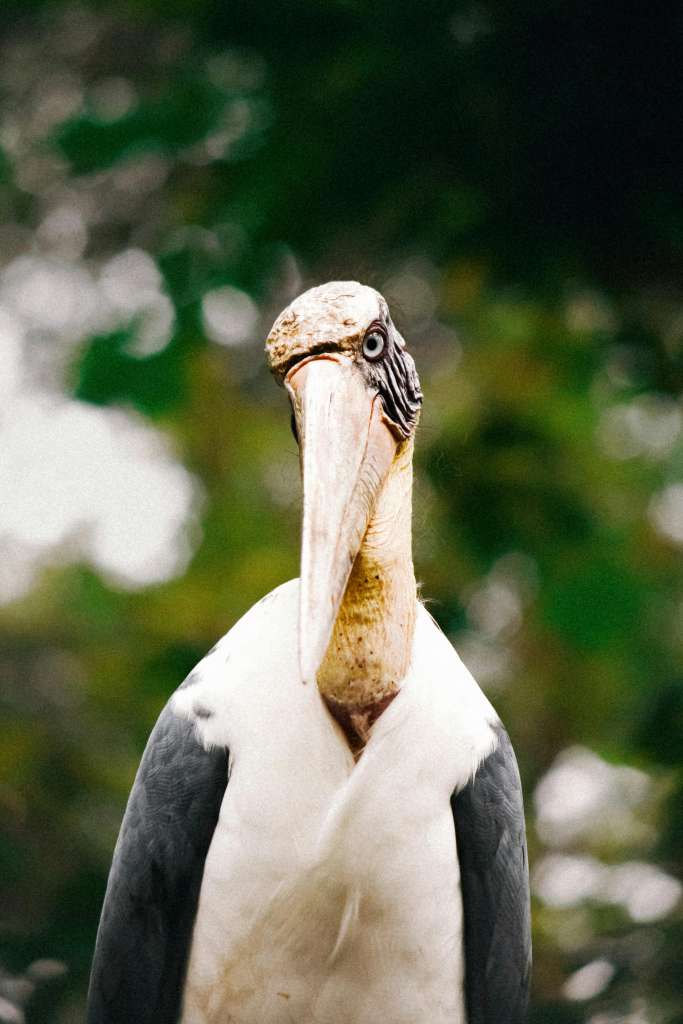
The Iconic Baobab Trees
Tarangire is home to the iconic Baobab trees, often referred to as the “upside-down trees” due to their unique shape. These massive trees, with their thick trunks and spreading branches, create an otherworldly landscape, particularly against the backdrop of a golden African sunset. The Baobabs also provide vital habitats for various species, including birds, insects, and primates.




In a professional context it often happens that private or corporate clients corder a publication to be made and presented with the actual content still not being ready. Think of a news blog that’s filled with content hourly on the day of going live. However, reviewers tend to be distracted by comprehensible content, say, a random text copied from a newspaper or the internet. There are many variations of passages of Lorem Ipsum available, but the majority have suffered alteration in some form, by injected humour, or randomised words which don’t look even slightly believable. If you are going to use a passage of Lorem Ipsum, you need to be sure there isn’t anything embarrassing hidden in the middle of text.
Tours are excellent ways to sightsee while minimizing the need to plan logistics
In a professional context it often happens that private or corporate clients corder a publication to be made and presented with the actual content still not being ready. Think of a news blog that’s filled with content hourly on the day of going live. However, reviewers tend to be distracted by comprehensible content, say, a random text copied from a newspaper or the internet. There are many variations of passages of Lorem Ipsum available, but the majority have suffered alteration in some form, by injected humour, or randomised words which don’t look even slightly believable. If you are going to use a passage of Lorem Ipsum, you need to be sure there isn’t anything embarrassing hidden in the middle of text.
Testimonials










